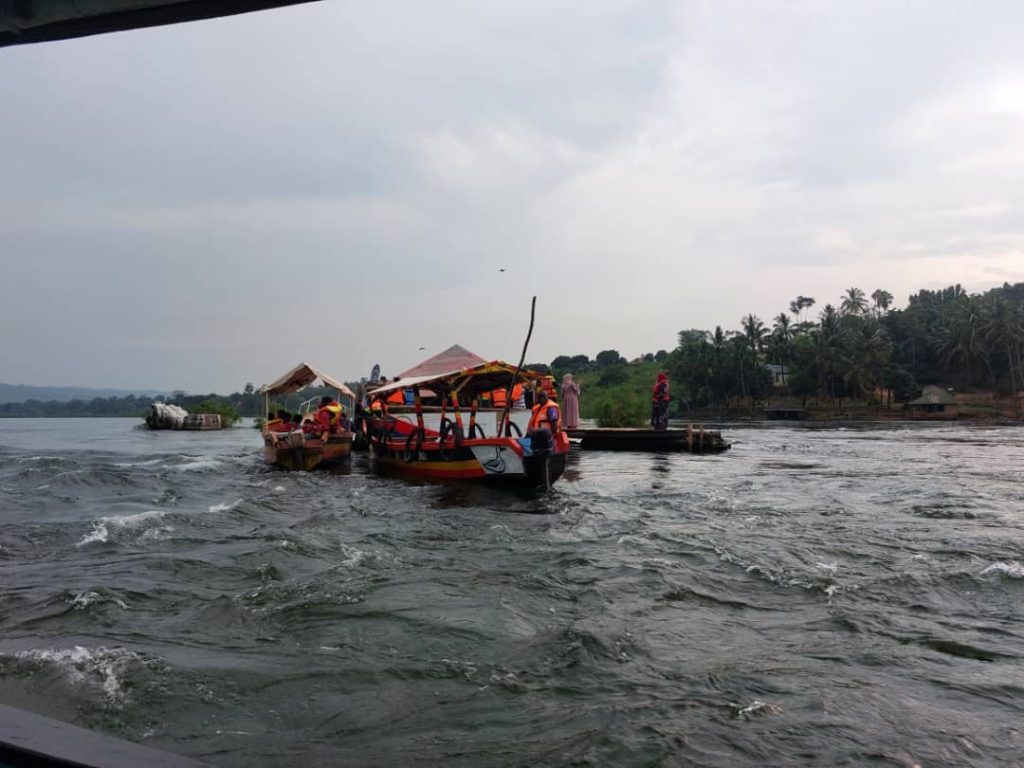Children, like adults, are potential contributors to the tourism sector. In Uganda, and several other parts of the world, children especially school-going ones are stakeholders in the tourism industry. Below are a few places in Uganda, where you can take your children for a unique experience.
- Uganda Wildlife Conservation Education Centre (UWEC)

Popularly known as the Entebbe Zoo, the Uganda Wildlife Conservation Education Centre is located along Entebbe Road, is home to over 253 animals, and has rescued over 543 animals. UWEC was founded in the 1950s, as a conservation place for endangered wildlife. It is now open to the public, both foreign and national, and is a favorite of parents and children alike.
2. Wonderworld Amusement Park – Kansanga

Wonderworld amusement park, formerly known as Didi’s World, is located at Plot 847, Kansanga Nabutiti, Ggaba Road; Plot 1122 & 1112, Kansanga, Gaba Rd., Kampala, Uganda. The park was established in 2002 and is allegedly home to East Africa’s largest auditorium and cinema. The place is equipped with good sound systems and lighting, and children get to engage in games, rides, and water activities, to name but a few. The auditorium and conference hall can also be booked for events.
Note: Wonderworld may be considered most suitable for children under the age of twelve years.
3. Kasubi Tombs

Kasubi Tombs is the burial grounds for the Kabaka/kings and royals of Buganda kingdom, central Uganda. The tombs are an important cultural and historical artefact, and is a UNESCO World Heritage Site since 2001. Interested in heritage and fostering a sense of Origin in the young ones, Kasubi Tombs could be on your bucket list.
4. Source of the River Nile – Jinja

Lake Victoria, locally known as the Nalubaale is the largest lake in Africa, shared by Uganda, Kenya and Tanzania. Lake Victoria is also the source of River Nile, the world’s longest river flowing Northwards from East Africa through the North, emptying into the Mediterranean Sea. Travelers, students and locals alike, go to the source of the Nile in Jinja Uganda, where they have an experience and feel of the River’s source, history and culture of the inhabitants of the Busoga community.
5. Equator Uganda

Equator Uganda stands at Kayabwe, Masaka Road. The Equator goes through thirteen countries, Uganda being one of the seven in Africa. The Equator is a major landmark and it is a popular stop-over for tourists of all age groups and backgrounds. It is only perfect that students include the landmark on their tour bucket lists. However, the experience should be devoured by students and non-students alike.
6. Mabira Forest
Mabira rainforest is located along the Kampala – Jinja highway, traversing Lugazi and Buikwe Districts. The forest covers over 300 square kilometers (120 sq mi) (30,000 hectares (74,000 acres)) and is home to over 23 small mammal species, several herbs, over 97 moth species, over 215 butterfly species, and over 315 bird species. The forest is popular for birding experiences, nature walks, and zip-lining. Visiting the Mabira Forest & Reserve is a worthy experience for students.
7. Landing Sites

Uganda has a lot of landing sites. all situated in various locations around Lake Victoria. Popular landing sites include Kasenyi – which is popular for research and many high school student case studies, Kasensero landing site in Rakai District, Masese and Wairaka landing sites in Jinja, and Ggaba landing site, among others.
8. Kabaka’s Lake
Kabaka’s Lake is the biggest man-made lake in Uganda, and it is located in Ndeeba, Kampala Uganda. The lake was dug by the Baganda locals on order by the king, during Kabaka Mwanga II’s reign, making it a prominent historical and cultural landmark. The lake is said to have been dug as a result of a power struggle between Mwanga and his Christian subjects, that it would serve as a water source and a defensive barrier for the king’s palace. Primarily getting its water from natural springs and rainwater, Kabaka’s lake covers an area of approximately 200 acres (0.8 square kilometers) and is 4.5 meters deep.
The End


